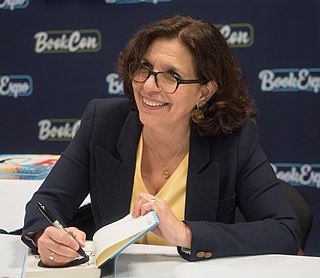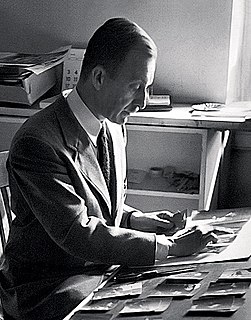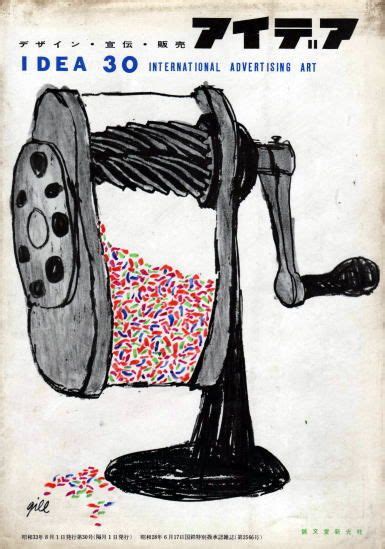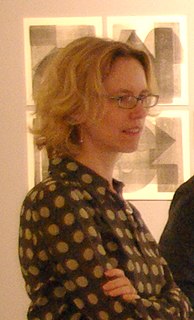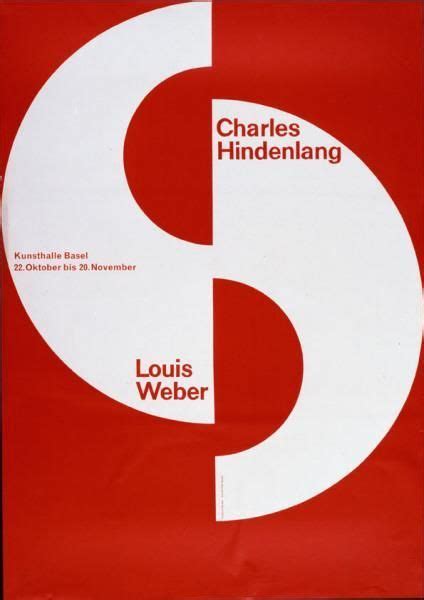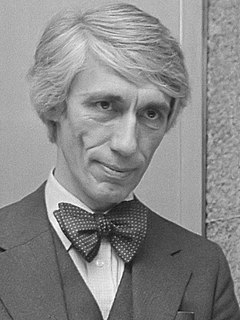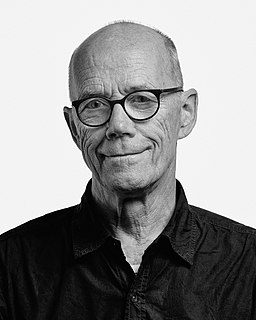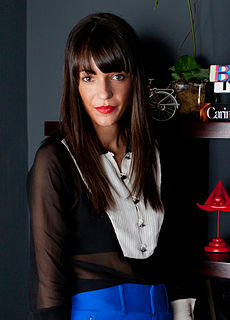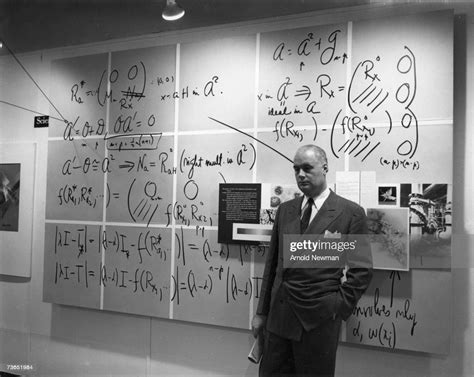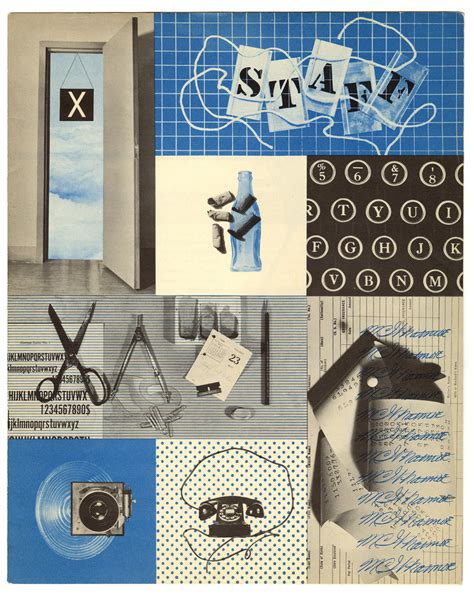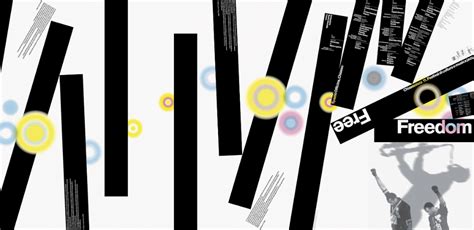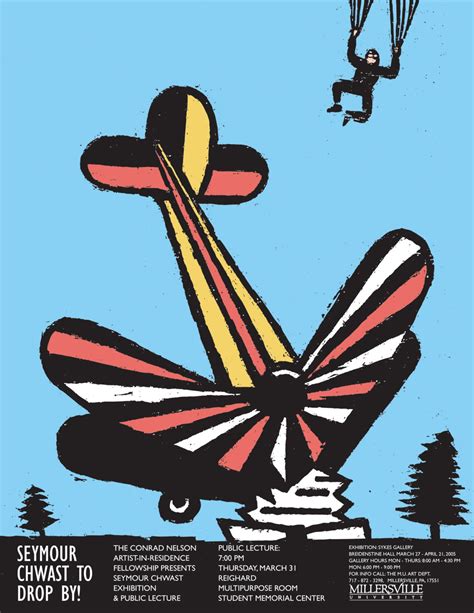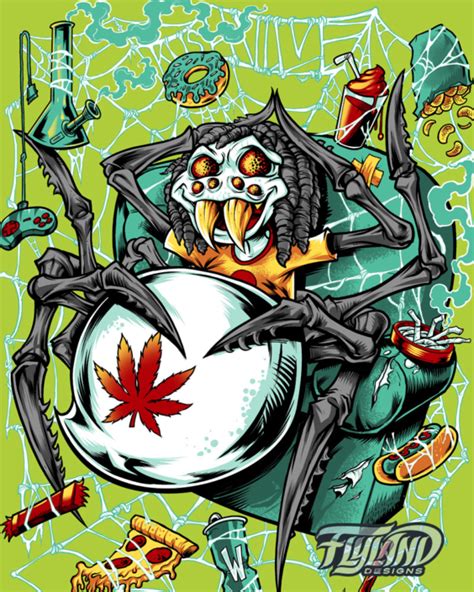Top 284 Quotes & Sayings by Famous Graphic Designers - Page 2
Explore popular quotes by famous graphic designers.
It's so weird how that can be, how you could have a night that's the worst in your life, but to everybody else it's just an ordinary night. Like on my calendar at home, I would mark this as being one of the most horrific days of my life. This and the day Daisy died. But for the rest of the world, this was just an ordinary day. Or may be it was even a good day. May be somebody won the lottery today.
No, no, it's not all random, if it really was all random, the universe would abandon us completely. and the universe doesn't. it takes care of its most fragile creations in ways we can't see. like with parents who adore you blindly. and a big sister who feels guilty for being human over you. and a little gravelly-voiced kid whose friends have left him over you. and even a pink-haired girl who carries your picture in her wallet. maybe it is a lottery, but the universe makes it all even out in the end. the universe takes care of all its birds.
The personality and style of a photographer usually limits the type of subject with which he deals best. For example Cartier-Bresson is very interested in people and in travel; these things plus his precise feeling for geometrical relationships determine the type of pictures he takes best. What is of value is that a particular photographer sees the subject differently. A good picture must be a completely individual expression which intrigues the viewer and forces him to think.
The creation of all those symbols and logotypes which are an ever more striking feature of the world in which we live calls for a new and fresh approach to lettering in the part of the designer. In these logotypes the combination of letters can be more or less obvious; but only deliberately contrived encounters of elements and confrontations of values can lead beyond the letters to new forms of expression.
Each typeface is a piece of history, like a chip in a mosaic that depicts the development of human communication. Each typeface is also a visual record of the person who created it - his skill as a designer, his philosophy as an artist, his feeling for... the details of each letter and the resulting impressions of an alphabet or a text line.
These days, information is a commodity being sold. And designers-including the newly defined subset of information designers and information architects-have a responsible role to play. We are interpreters, not merely translators, between sender and receiver. What we say and how we say it makes a difference. If we want to speak to people, we need to know their language. In order to design for understanding, we need to understand design.
As we become more mature we will learn to master the interplay between the past and the present and not be so self-conscious of our rejection or acceptance of tradition. We will not make the mistake that both rigid modernists and conservatives make, of confusing the quality of form with the specific forms themselves.


